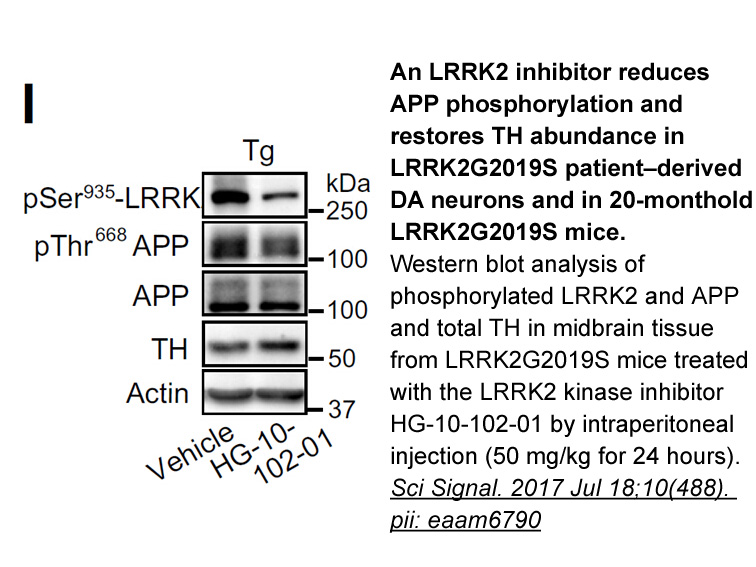Archives
br Conclusion We have identified potential inhibitors of
Conclusion
We have identified potential inhibitors of C. albicans fungus specific nuclear target outer kinetochore Dam1 complex subunit Ask1, virtually screened through the PubChem compounds database (NCBI, USA) by utilizing state-of-art in silico methods in a pipeline. The 3D protein structure of Ask1 was modeled, and then, D4 domain with the potential binding site was identified. Later, D4 was subjected to 300 ns long MD simulation, and its native conformation was extracted after FEL analysis. Afterward, rigorous docking, MD simulation of complexes, binding free energy calculation resulted top hit compounds Sclerotiamide, (+)-Stephacidin A, (+)-Notoamide B, Notoamide R, and Avrainvillamide (PubChem CIDs, 10647785, 16127922, 16127923, 46919488 and 11719255, respectively) as potential inhibitors of Ask1 subunit of the Dam1 complex in C. albicans .
.
Conflicts of interest
Acknowledgements
We are thankful to the Director, CSIR-CIMAP, Lucknow for rendering essential research facilities and support. We acknowledge the 'Council of Scientific and Industrial Research' (CSIR), New Delhi, India (http://www.csir.res.in/) for financial support through networking project GENESIS (BSC0121) at CSIR-CIMAP, Lucknow. We also acknowledge the ‘Council of Science and Technology, Uttar Pradesh’ (CST, UP), Lucknow (http://www.cstup.org/) for the financial support through the GAP-229 project. Author HT acknowledges the Indian Council of Medical Research (ICMR), New Delhi for SRF fellowship (Ref. No.: BIC/11(06)/2014).
Introduction
Rheumatoid arthritis (RA) is a chronic inflammatory disorder characterized by cellular infiltration and proliferation of synovium, leading to progressive destruction of the joints (Ahmed et al., 2008, Smolen and Aletaha, 2009). Antigen-activated CD4+ T neurokinin receptor antagonist stimulate monocytes, macrophages, and synovial fibroblasts (FLS) to produce cytokines such as interleukin-1β (IL-1β), IL-6, and tumor necrosis factor-α (TNF-α). These proinflammatory cytokines are master regulator of chronic inflammation and tissue destruction in RA (Choy and Panayi, 2001, Iwamoto et al., 2008, Jones et al., 2013). In response to these cytokines, FLS produce chemokines, matrix metalloproteinases (MMPs), and adhesion molecules that further promote inflammation, hyperplasia and cartilage destruction (Ahmed et al., 2006, Vaillancourt et al., 2011, Jones et al., 2013).
TNF-α is a potent cytokine that exerts diverse effects by stimulating a variety of cells (Abdel-Aziz et al., 2013). It is mainly produced by monocytes and macrophages, but also by B-cells, T-cells, and FLS (Zhu et al., 2014). TNF-α acts as a potent inducer of inflammatory responses through up-regulation of many genes, including cytokines, chemokines, and adhesion molecules (Liang et al., 2011, Tsou et al., 2012). TNF-α binds to cell surface receptors (TNFR1) to initiate multiple signal transduction pathways, including mitogen-activated protein (MAP) kinases and nuclear factor kappa B (NF-κB) pathways (Sabio and Davis, 2014). MAP kinase pathway includes central three-tiered core signaling proteins comprising of MAP kinase kinase kinase (MAP3K), MAP kinase kinase (MAP2K), and MAP kinase (MAPK) (Kyriakis and Avruch, 2012). C-Jun N-terminal kinase (JNK), p38 MAPK, and extracellular signal-regulated kinase (ERK) are well characterized sub-groups of a large MAP kinase family. MAP3Ks, as the proteins upstream in the signaling cascade, sense the degree of stress-induced cell damage and determine cell fate by regulation of the downstream MAP kinase pathways (Cuevas et al., 2007). Apoptosis signal regulating kinase 1 (ASK1) is an important member of MAP3K family that activates both the JNK and p38 MAPK pathways in response to TNF-α stimulation (Nishitoh et al., 1998). ASK1 is activated by various types of stress, including oxidative stress, endoplasmic reticulum (ER) stress, calcium overload, and inflammatory cytokines such as TNF-α (Mnich et al., 2010, Philippe et al., 2013). However, the role of ASK1 in TNF-α signaling pathway to regulate IL-6 and IL-8 production, or the expression adhesion molecules in RA-FLS is still unknown.